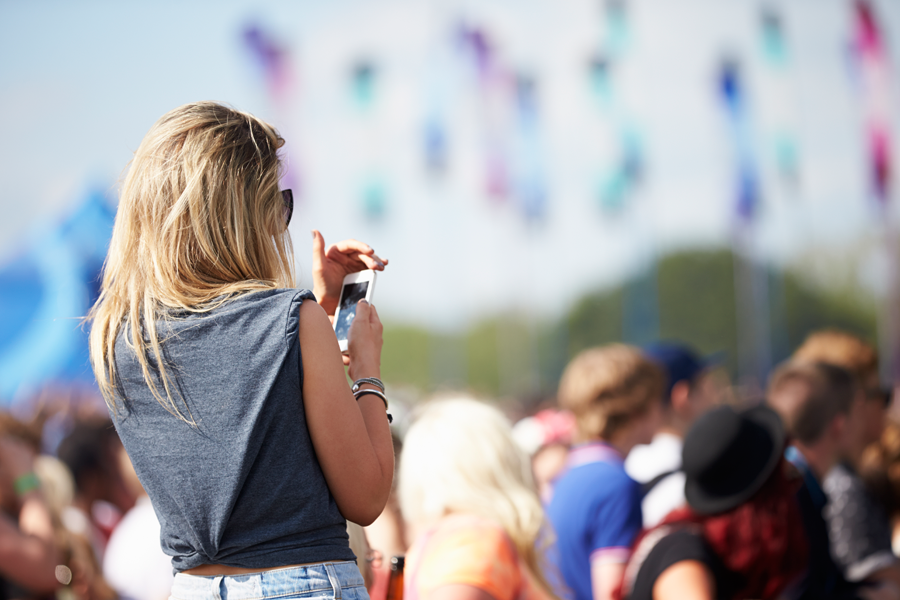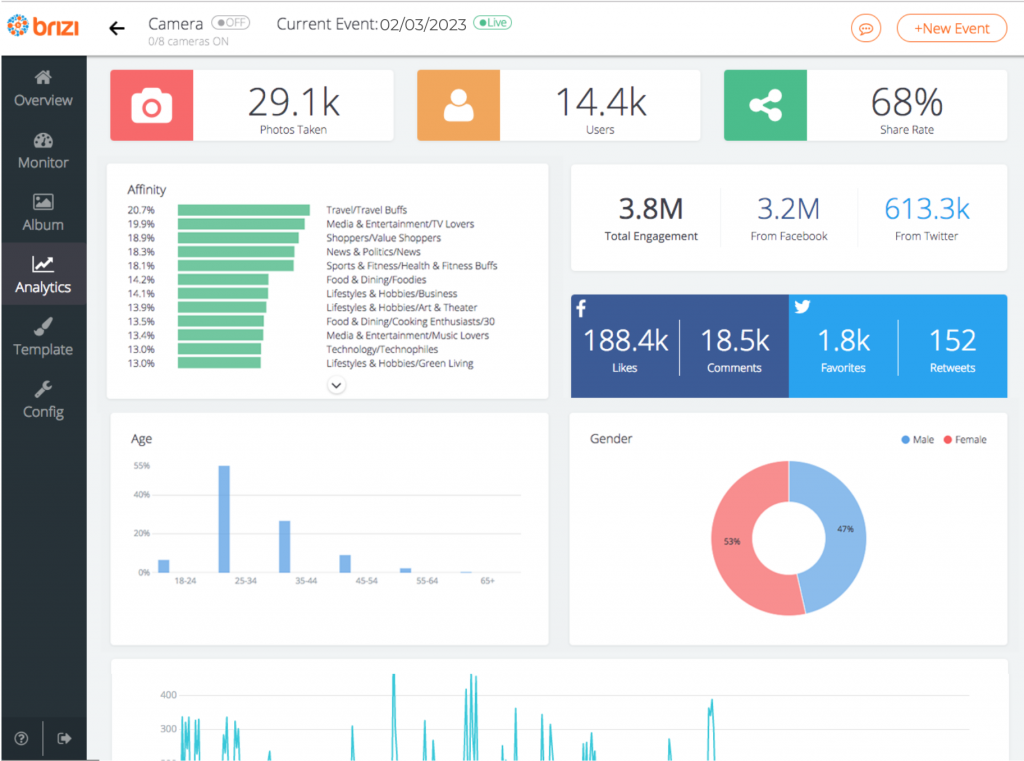Top Trends in Sports Sponsorship for 2023

It is essential as sponsorship marketers to stay informed and on top of trends that are dramatically changing the sports sponsorship industry. New cutting-edge technology and trends are changing the way fans consume media, and the way consumers experience live events. Knowing the latest innovative sponsorship trends can be the difference between riding the new wave or being left behind by the digitally enhanced era.
Brand Activism & Purpose Sponsorship
Simply put, sports fans want their brands to stand for something. In a recent research study (The Influence of Corporate Social Responsibility on Consumer Purchase Intention – 2022) it was revealed that companies’ corporate social responsibility (CSR) activities impacted consumers’ purchase intention. The study indicated that consumers’ purchase intention increased by 35%, once they were made aware of the company’s ethical responsibility initiatives. Consumer engagement was also tracked across social media channels which revealed that engagement also grew by 15% for this same sample group of consumers. This study is a strong indication that CSR has a measurable impact on brands and companies. This same approach has been incorporated into the sports industry with organizations positioning themselves with new brand advocates related to humanitarian goals, environmental missions or simply a positive mental health message. This trend of social responsibility and brand advocacy has also made its way into the sponsorship realm. Sponsorship has a very powerful ability to show fans what to care about through a brand or company’s marketing message and lead the direction of the activism voice.
A sports sponsor could easily elevate their brands by simply associating with an appropriate and logistical cause, be it a charity or simply encouraging the recycling of their products at the venue.

Sponsors are now Omni Channel
Omni Channel has been a buzzword in the retail landscape for over the last decade, being used to summarise the concept that brands can carry conversations with their customers through activations, digital, billboards, social media, print and more. Sports sponsors need to embrace the same concept and not be simply satisfied with the allure of event activations or venue tie-ins, but see the unlimited possibility of going home with the fans through other channels.
Tailored packages for sponsors, that include multiple channel touch points and flexible rights for short form are now becoming an expected offering from sponsor providers, rather than simply spending X to gain Y reach, at Z venue.

International Focus
In the past, sporting events were only seen by a specific demographic and in a rigid geographical area. In 2023 thanks to new technologies and a globalizing economy, we are now seeing a ‘bleed’ effect in which sponsors brand exposure leaks slowly into new markets, potentially outside of their original target audience. This could lead to scenarios where brands are advertised in regions where the products are unavailable.
Therefore, sponsors will need to consider catering their offering to be more inclusive of the world economy. This does not mean that products and services need to be offered to all, but, consider the positive brand influence that can be achieved for future growth by presenting the sponsor as an international brand.

Technology Changing the Revenue Landscape
It comes as no surprise that one of the biggest and most rapid changes is the influence of technology. Naturally, this could be its own entire article, but we can summarise the key road signs in the technology shift.
Fans now have universal access to all matches and events. This is done through web streaming and through smartphone apps and the idea that a fan can only see the game through a broadcaster or physically at a venue is a thing of the past.
This ongoing media rights fragmentation of sports content can present a challenge to sponsors, as it’s never clear where the fans will be watching from. This means there will be less advertising to potential customers at the venue’s point of sale and the broadcast itself may become oversaturated with the reselling of in-venue assets to preferred regionalized brands.
Additionally, thanks to the rise of on-demand short-form content (Such as highlight reels on social media channels) long-form content is starting to disappear from Gen Z social media feeds. Sponsors could look at bucking his trend by developing a platform to host, or, creating their own highlights for attention or time-poor fans.
Furthermore, sponsors will not only have to look at using more digital technologies in their campaign (such as geo-fencing offers or co-branding with local partners) but also look at integrating themselves into the sport (for example in the NFL Apple Music Super Bowl Half-Time Show). Generic and static sponsorship platforms with venues are no longer working to create goodwill with fans. In order to better connect with fans, venues and sports properties must enhance their sponsorship portfolios with dynamic and digitally intriguing assets that create a lasting impression.

Measuring Results
With an increased digital focus for marketing campaigns, there is an increased opportunity that everything can be measured. Results can be presented to managers, and clients in real time and an accurate return on investment can be predicted. Forbes conducted research along with the Marketing Accountability Standards Board (MASB) in 2020, which indicated that 60% of CMOs are under increased pressure from CEO executives to communicate, measure, and grow the financial impact of their long-term sponsorship portfolio investments.
Without being able to accurately measure the return on investment for a sponsorship initiative, many sponsorship leaders are forced to look to aggregate industry data or costly third-party sponsorship auditors to determine a dollar value to attribute to their activation. Although these options sound less than ideal, without any planned measurement strategy, this is akin to leaving money on the table. Critical information is lost between the moments of campaign execution and the quarterly report, as sponsors fail to watch and research their marketing impact.

Leveraging Fan Content
In 2023, the most compelling motivation for customers to try a new brand is still the age-old ‘recommendation from friends or family’. In the past, sponsors have had to look at using influencers to have a somewhat similar effect, but by using new technologies, such as Brizi, which lets anyone tap into specialized stadium cameras to capture group memories at iconic places, sponsors can simply tap into user-generated content and associate themselves with the perfect fan moment that deeply connects with fans.

About Brizi:
BriziCam is a fan-controlled digital camera technology that enables anyone to control the venue cameras to capture group memories at iconic sports and live events. We’re working with brands in partnership with NBA basketball, European soccer, NHL Hockey, ATP & WTA Grand Slam tennis, and landmarks to deliver an experience within an experience, generating brand affinity, creating micro-influencers, and collecting valuable data.

